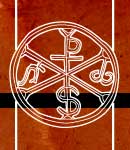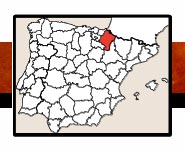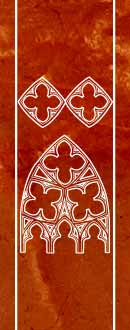IGLESIA DE S. DOMINGO - PAMPLONA
La iglesia de Santo Domingo de Pamplona, forma parte del Convento de los Padres Dominicos, es un templo con fachada concebida como un retablo, con santos y columnas, rematada en la espadaña con 2 campanas.
VISITA : Horario de la misas, los laborables (8:30 y 19:30), sábados (17:30 y 19:30), domingos y festivos (9:30, 10:30 y 12:30). |
CHURCH OF S. DOMINGO – PAMPLONA
The church of Santo Domingo of Pamplona, part of the Convent of the Dominican monks, is a temple with façade conceived as an altarpiece, with saints and columns, topped by a bell gable with 2 bells.
VISIT : Mass timetable, workdays (8:30 and 7:30 pm), Saturdays (5:30 pm and 7:30 pm); Sundays and holidays (9:30 am, 10:30 am and 12:30 pm).
|







/comple-nava/NAVA-Pamplo-40.jpg)
-55/BOOK-cort-40.jpg)

/comple-nava/NAV-Pamplo-W-50.jpg)
/comple-nava/TT-NAV-Pamplo-W-50.jpg)
/350-PLN-Pamplo-50.jpg)
